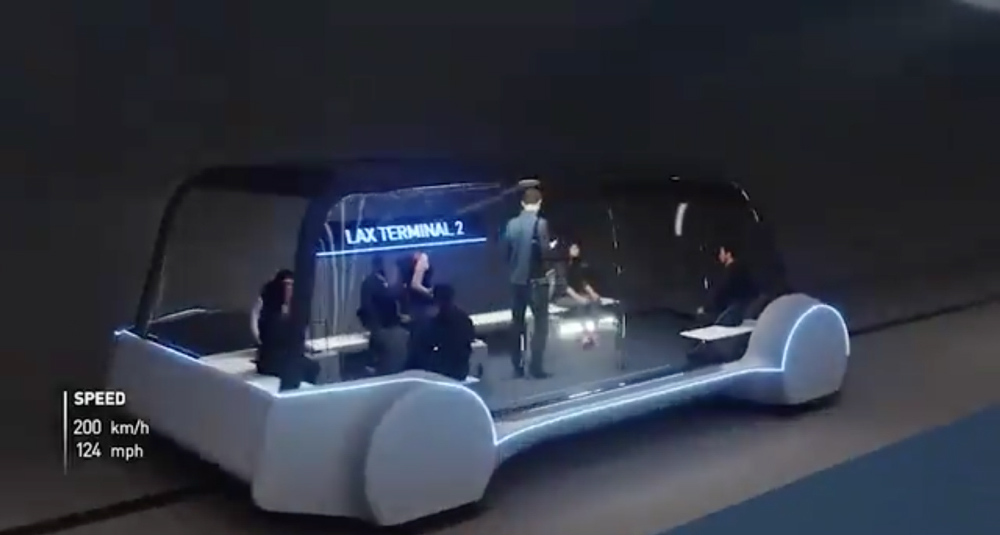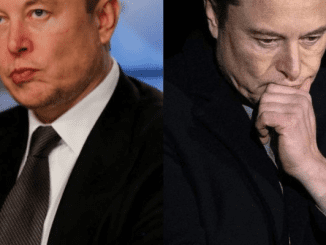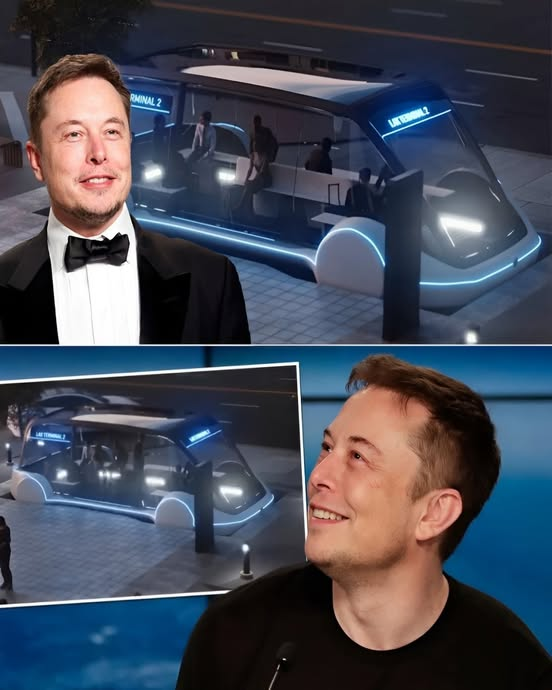
In a move that has ignited excitement and speculation within the automotive industry, Elon Musk, the enigmatic CEO of Tesla, recently disclosed plans for the development of a specialized robotaxi vehicle. This revelation marks a significant step forward in Tesla’s ambitious pursuit of autonomous driving technology and its vision for the future of transportation. The announcement, made during one of Musk’s trademark Twitter updates, sent shockwaves through the tech world and sparked intense interest among both enthusiasts and skeptics. Tesla, already renowned for its cutting-edge electric vehicles and groundbreaking advancements in artificial intelligence, appears poised to revolutionize the concept of ride-hailing services with the introduction of dedicated robotaxi vehicles. Compared to traditional autonomous vehicles, which are designed for personal use and often require human intervention in certain situations, robotaxi vehicles are specifically engineered to operate as self-driving taxis. These purpose-built vehicles offer a range of advantages, including enhanced safety features, improved passenger comfort, and increased efficiency in urban transportation networks.

Musk’s announcement has generated a flurry of speculation about the design, capabilities, and potential impact of Tesla’s forthcoming robotaxi vehicle. Industry analysts and enthusiasts alike are eager to learn more about the technical specifications, pricing, and timeline for the release of this groundbreaking innovation. One of the key features of Tesla’s robotaxi vehicle is expected to be its integration with Tesla’s advanced Full Self-Driving (FSD) technology. Leveraging a combination of cameras, sensors, and neural network algorithms, FSD enables Tesla vehicles to navigate complex environments, interpret traffic patterns, and make real-time decisions without human input. By harnessing the power of FSD, Tesla aims to deliver a seamless, efficient, and safe autonomous driving experience for passengers using its robotaxi service.
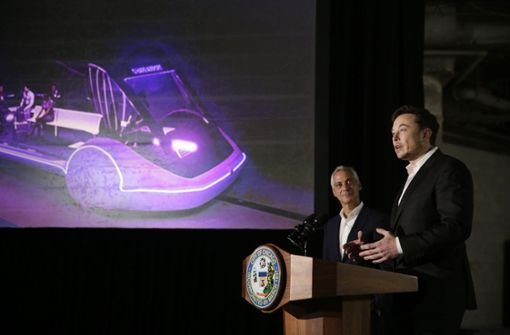
In addition to technological innovation, Tesla’s foray into dedicated robotaxi vehicles has significant implications for the future of urban mobility and transportation infrastructure. By offering a convenient, cost-effective, and environmentally friendly alternative to traditional taxi services, Tesla’s robotaxi vehicles have the potential to reshape the way people commute and travel within cities. However, the development and deployment of robotaxi vehicles also raise important questions and challenges that must be addressed. Concerns about safety, regulatory compliance, cybersecurity, and ethical considerations loom large as Tesla navigates the complex landscape of autonomous driving technology and public acceptance.
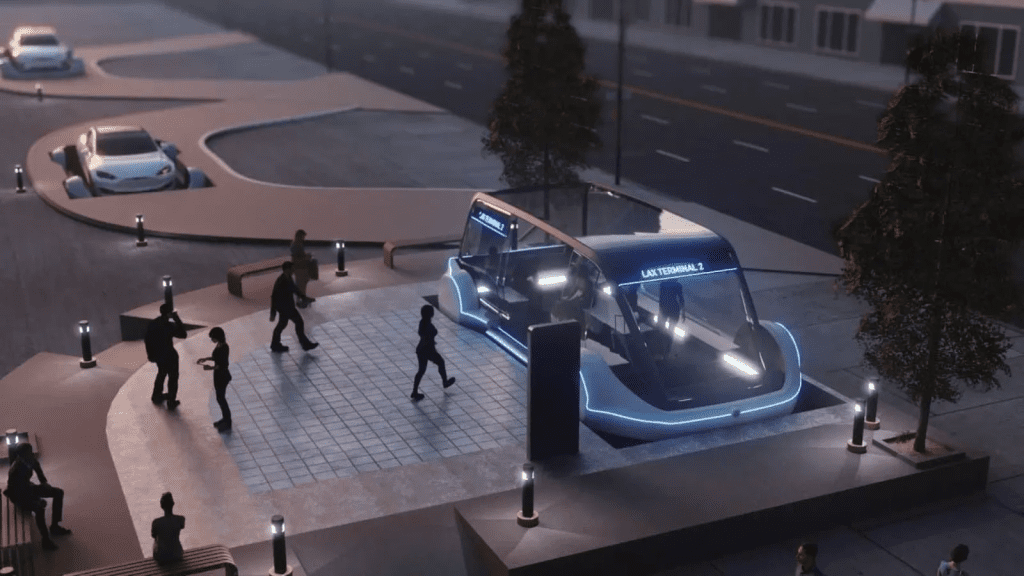
As Tesla’s dedicated robotaxi vehicle continues to generate buzz and anticipation, all eyes are on Elon Musk and his team as they embark on this groundbreaking endeavor. With a track record of innovation, disruption, and boundary-pushing achievements, Tesla is well-positioned to lead the charge in the autonomous driving revolution and redefine the future of transportation. In conclusion, Elon Musk’s revelation that Tesla is working on a dedicated robotaxi vehicle represents a bold and visionary step towards a new era of mobility and urban transportation. As the automotive industry prepares for a paradigm shift in ride-hailing services, Tesla’s robotaxi vehicles promise to deliver a transformative experience that combines cutting-edge technology, sustainability, and convenience. The road ahead may be uncertain, but one thing is clear: the future of transportation is closer than we think.
